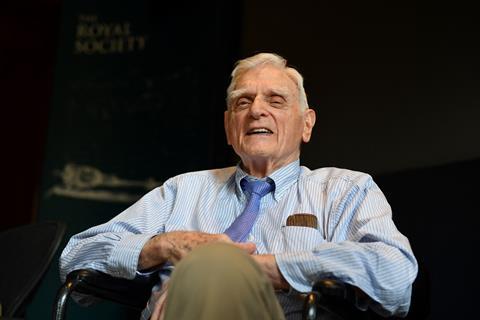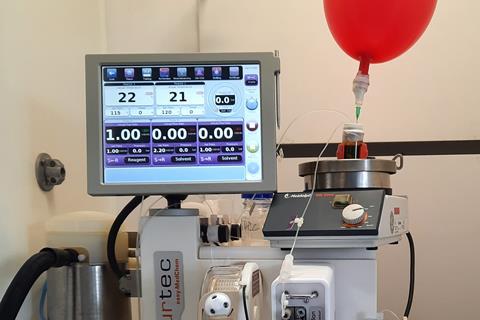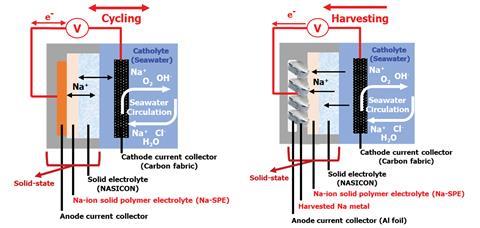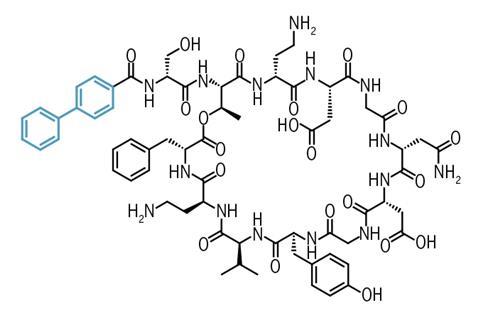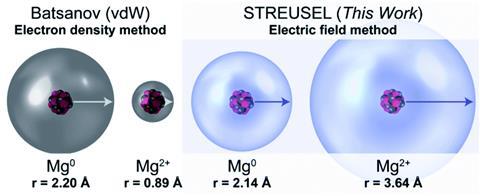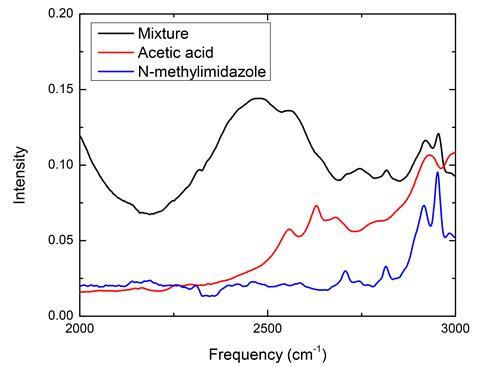The chief executive of the Institution of Chemical Engineers (IChemE), Jon Prichard, will resign at the end of September to head the trade group the Mineral Products Association (MPA). The civil engineer, who previously worked at the Engineering Council, consulting engineers Rendel and the Institution of Civil Engineers after serving 19 years in the British […]
Read More
